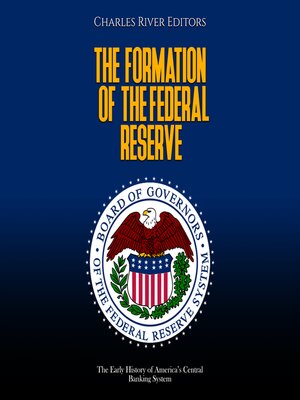The Formation of the Federal Reserve
audiobook (Unabridged) ∣ The Early History of America's Central Banking System
By Charles River Editors

Sign up to save your library
With an OverDrive account, you can save your favorite libraries for at-a-glance information about availability. Find out more about OverDrive accounts.
Find this title in Libby, the library reading app by OverDrive.



Search for a digital library with this title
Title found at these libraries:
| Library Name | Distance |
|---|---|
| Loading... |
Debates over paper money and banking are older than the United States of America itself. 18th and 19th century Americans were deeply ambivalent about paper money and central banks, and political fights over these issues were among the bitterest in American history. In fact, controversies over the country's central bank birthed both the first (1792-1824) and second (1828-1852) party systems; frequently, policymakers crafted responses to the crisis at hand, and as a result they implemented policies that were inadequate to the challenges the country faced in the future.
Indeed, the early administrations' ambivalence toward central banking and paper money, combined with the ad hoc nature of policymakers' responses, caused severe problems. These issues came to a head during the Panic of 1907, which provoked a major reassessment of America's banking system. Progressive Era reformers like President Woodrow Wilson walked a tightrope, balancing fears of centralized wealth with the undeniable need for a rational mechanism to help govern the country's economy. The system they created represented half a loaf, its many compromises and weaknesses corrected by the response to two other crises: the Great Depression and the Cold War. The Federal Reserve System that has existed since the Accord of 1951 has cooled the passionate conflict over central banking and rendered obsolete many of the monetary questions that so animated Americans in previous centuries.







